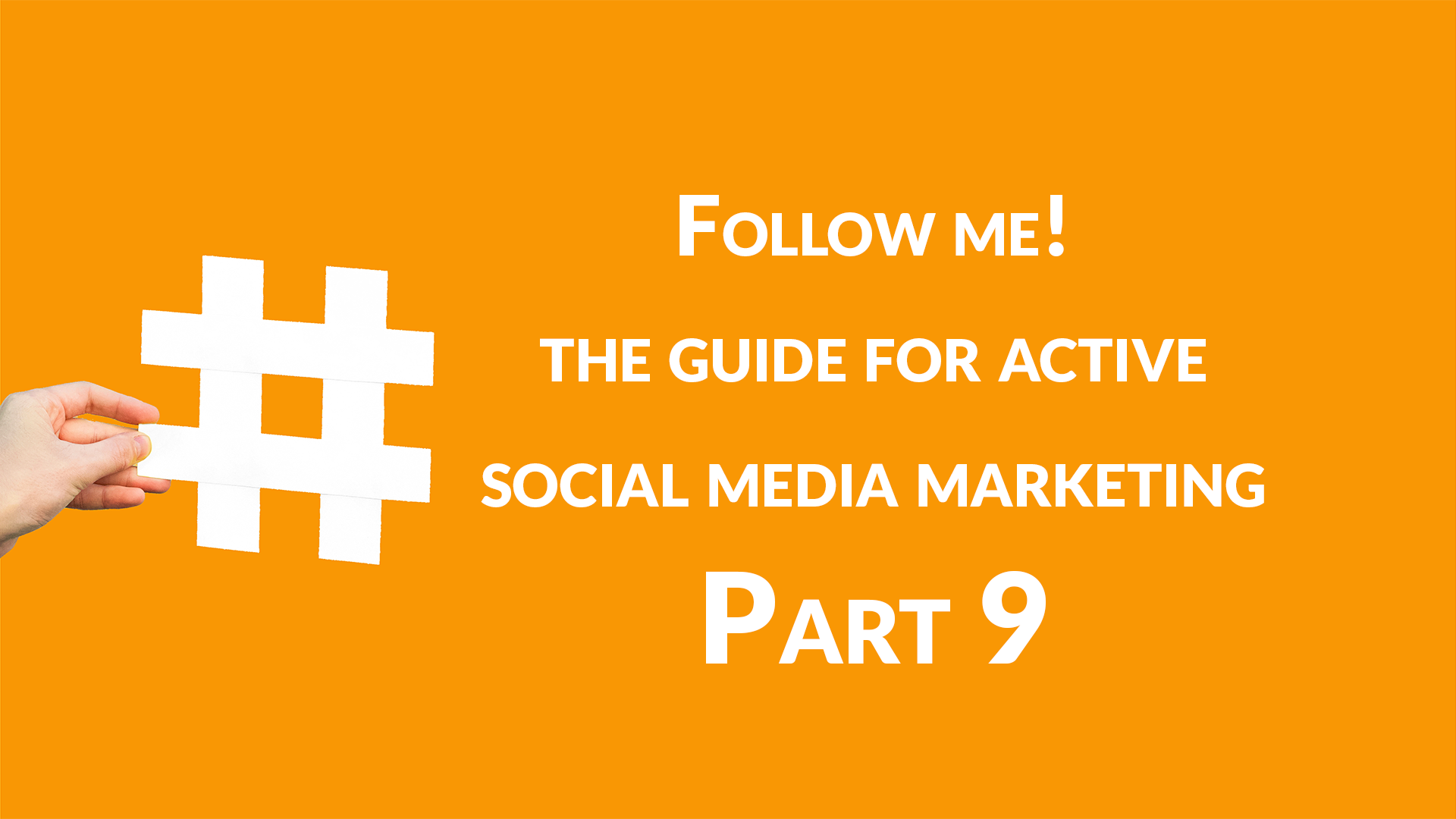An art exhibition is only as good as the curation of the exhibited pieces. The same applies to the so-called "content curation" in social media marketing – instead of paintings, however, content that is relevant to the target group is carefully selected, sorted and published here. How to find interesting content for your subscribers and how to encourage them to interact with you and your company is explained in this guide.
⅓ content from your company, ⅓ ideas and stories from people relevant to the industry, ⅓ personal interaction with your target group. This is roughly how an ideal social media strategy can be divided. Today, we want to take a closer look at the second point: "external" content, i.e. content that does not originate from your own company, but from websites or people relevant to the industry you are in.
Content Curation – what even is this?
Like a curator in a museum, you select existing pieces – in this case blog posts, social media postings or articles from specialist magazines – and share them on your social media profiles. Twitter, for example, thrives on content curation: most users fill their timeline exclusively with "retweets" from other people in addition to their own postings. A posting containing curated content is ready to publish, simply by adding a short personal opinion on the topic. Same thing on Facebook, Instagram and LinkedIn.
Adorning yourself with borrowed plumes? Why you can and should curate content
At first sight it may seem strange to fill your own page with external content, but: Don't be shy! Content Curation has many advantages and will make your job much easier:
- Act as an expert in your field
Content you share on social media has a direct impact on the perception of your brand among your target audience. You can use this to your advantage and curate content in order to stay on the users’ timeline and thus actively shape your external perception.
- Content Curation takes less effort than Content Creation
Producing content is undoubtedly part of every social media strategy – but that doesn't mean that you can't make it easier for yourself. Writing blog articles and producing videos costs a lot of time and energy. Content Curation is therefore a popular tool to save yourself some time while still publishing content. Genius, right?
- Show that you are up to date with current developments in your sector
Those who only talk about themselves are generally considered egocentric – even companies! Instead of "me, myself and I" it is much better to refer to external content from time to time. By doing this, you can show that you are not only thinking about your own company, but that you are also following latest developments in your industry. This also benefits yourself: You won't miss any trends and innovations and will always be up to date. The more you search the internet for relevant content, the more you learn about your industry.
- Expand your network
Sharing content is just another form of socializing. By sharing and commenting on posts from opinion leaders in your industry, you can expand your network and generate more attention for your content. Following the principle "sharing is caring", opinion leaders will also become aware of your content and can share it with their own network. A win-win situation!
Choosing the right content
First of all, you should select the topics on which you would like to curate content. It may help to view articles or videos as an addition to your own posts. Here’s an example: you own a beauty salon and offer a special facial treatment that makes your customers skin glow. You research relevant beauty magazines for suitable content and come across an article that presents your treatment as a must-have in any beauty routine. You share the link to the article on your channel and add a call-to-action:
Content Curation on one of our customers profiles
If you are still undecided whether to publish a post, these three questions will help you decide:
- Is the post relevant for my target group? If so, why?
- Is the source reliable and up-to-date?
- Is the post unique and worth sharing?
Relevant, timely, interesting and useful. If the curated post fulfils these characteristics, nothing should keep you from publishing it.
Dos and Don'ts when writing curated posts
As briefly illustrated by the example of our customer, simply sharing a post is not enough. Adding personal touch and citing the source are only two of many important things to consider before hitting the publish button.
| Don’ts 👎 | Dos 👍 |
|
You share a post just because you like it – not because it has relevance for your target group. |
Sharing is caring – the content is for your target group, not for you personally. If a post might be interesting to your target group and it up to date, it is worth sharing. |
|
You see an exciting post that is relevant to the target group and immediately hit "share". |
Hold on! Bring personality to the repost first! Summarize the article in your own words or pick out a message that seems particularly important to you. In doing this, you automatically establish a link between the curated contribution and your brand. |
|
You repost a posting and completely forget about self-promotion in order to not push your brand into the spotlight. |
That's classy of you, but this approach won’t help your brand. Self-promotion in moderation should always be part of your posts, even if you share someone else's thoughts. A short CTA like "Learn more about the product on our website" is enough. |
|
You share a post of an opinion leader without mentioning him. |
For example, if you share an opinion leader's post, tag him in your post! Remember the "expand your network" part from above? With a simple "@opinion leader" the first step in this direction has already been taken. |
|
You spontaneously share external content without a fixed schedule. |
Whether it’s a repost or your own content: A tidy house, a tidy mind. Research relevant topics and save them, for example, as notes on your computer. Once you have structured the content and assigned it to your own content clusters, arrange the posts in your Content Calendar. That’s how you can avoid lack of structure for a holistic social media appearance. |
Listen, adapt, improve
We can't stress this enough: Social media is not a one way street. Listen to the feedback of your target group and adjust your (curated) posts regularly. What worked well? What didn’t? Do articles or videos generate more interaction? Analyze all this information and use it for your brand.
Which topic clusters are relevant for my target group?
We would be happy to help you find relevant topics for your target group that are tailored to your needs. Let’s talk about it in a non-binding conversation and we can define your perfect Social Media advertising strategy together.
Source:
Hootsuite



